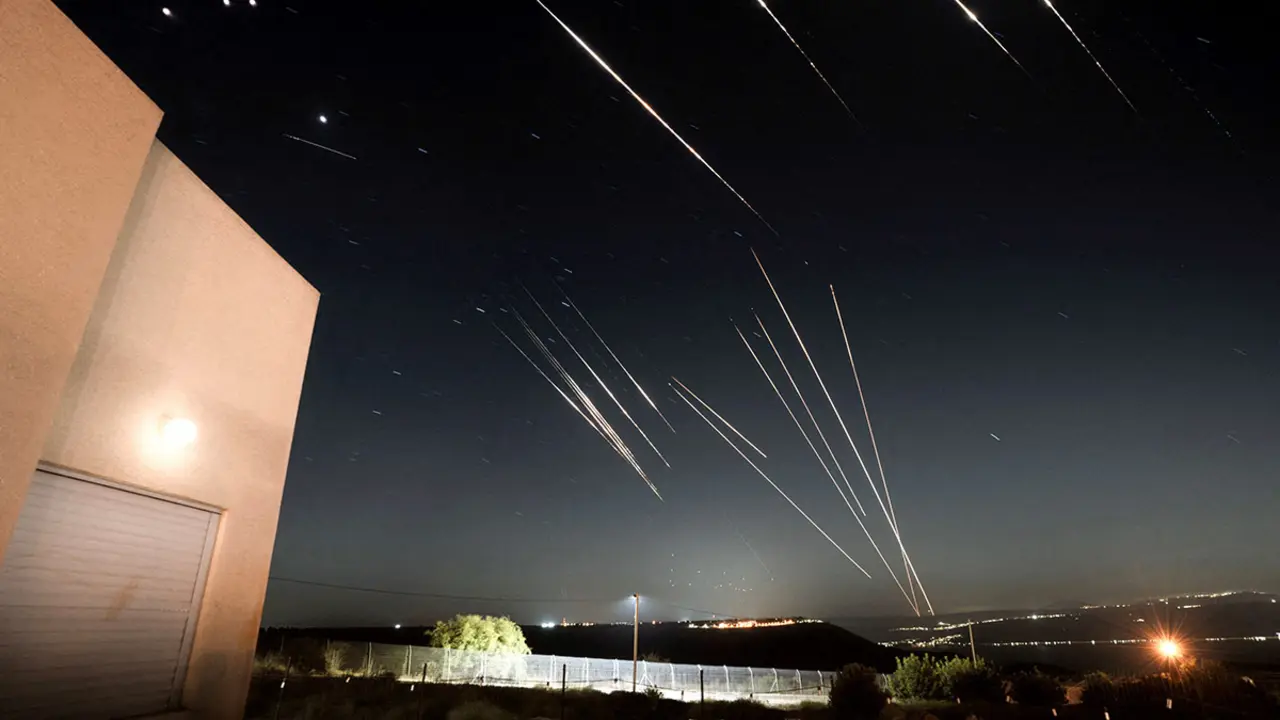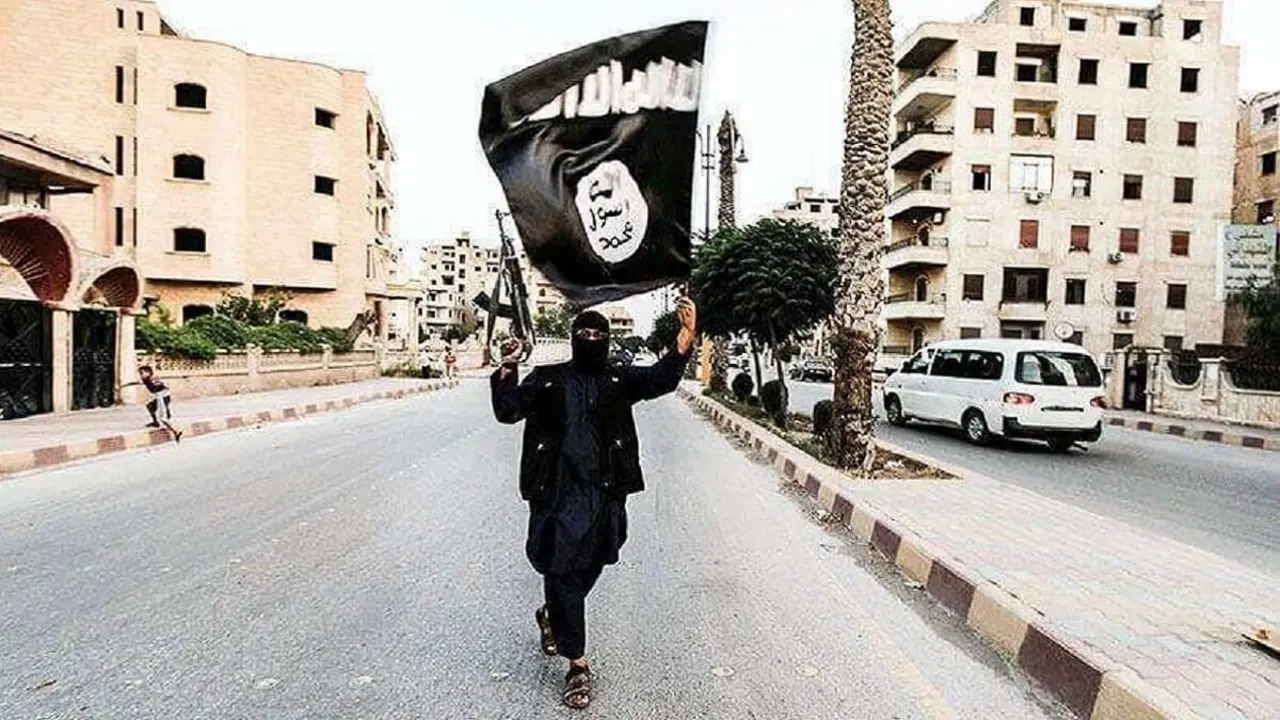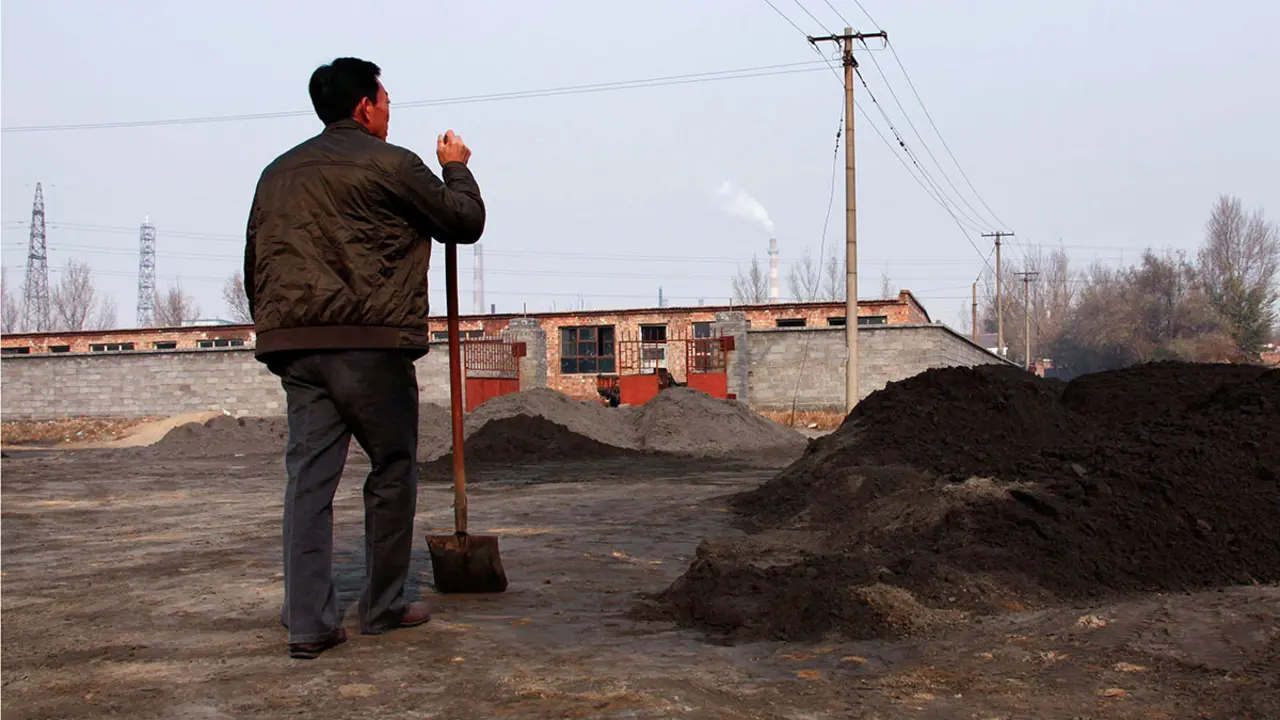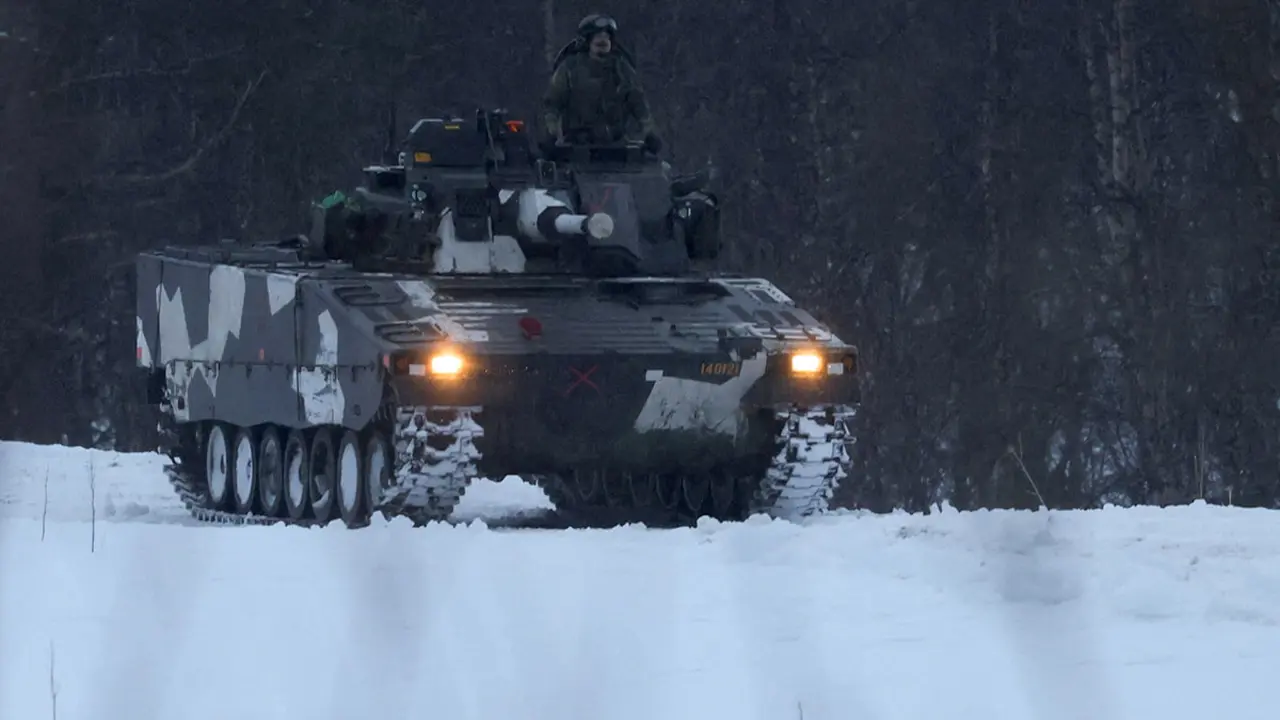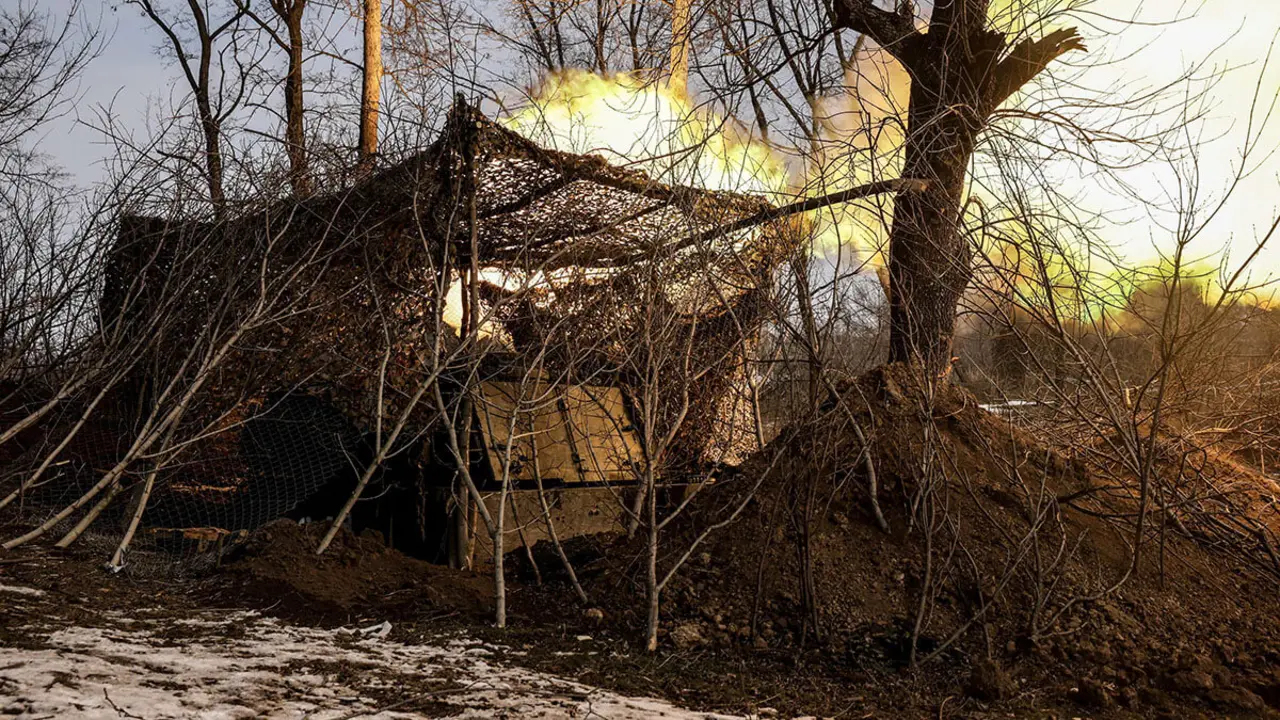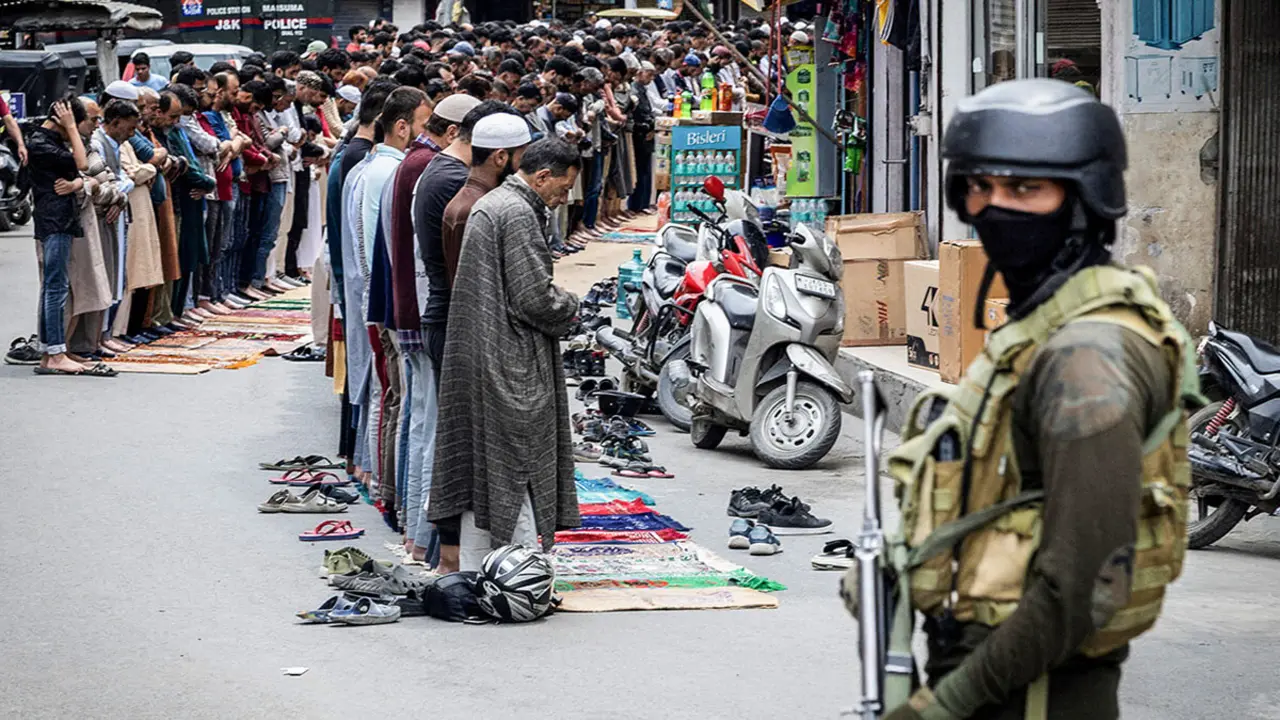An army of electrical workers fights against Putin in the city of Kharkiv

The electric saw keeps throwing glowing motes around the worker repairing a piping system. With the high-pitched sound of the saw drilling into his ears, another worker is busy adjusting the joints. Two more climb the stairs to the upper floor, and another, older one, gives them instructions. They are finishing the assembly of the circuit that will start up the new boilers of a thermal power plant that was bombed by Putin outside Kharkiv.
In two weeks, Russia has destroyed more than 30 percent of the infrastructure that supplies electricity and heat to the entire country. And the attacks continue as these lines are being written. Yet the response of the unyielding Ukrainians has been - once again - to stick out their chests and fight.
But the fight this time is not on the battlefield, with soldiers armed with Kalashnikovs and rocket launchers; this time it is a fight on the streets, with workers armed with miles of cables, power saws and welding machines.
In towns like Kharkiv, they have managed to gather a veritable army of workers and technicians who work from Monday to Monday. There is no rest. They are repairing everything that can be repaired against the clock, and at the same time they are looking for solutions to prevent another missile from sending them back to square one. And they are finding them.

Vyacheslav Valentinovich is the regional director of water supply and heating in Kharkiv. He also manages three of the city's 20 thermal power plants. "Putin bombed two of the three plants I manage," he says, "but we have already repaired them. Here we are finalising the installation of the new boilers and we will be able to start supplying heat in a few days," he adds as he shows Atalayar the insides of one of the thermal power plants.
Each of the boilers being commissioned has two megawatts of power. In total, 18 megawatts to heat 7,500 homes and 46 schools, universities, clinics and public centres. Most homes in the capital city of Kharkiv are supplied by this type of communal heating, and in a city that can reach minus 20 degrees Celsius in the depths of winter, these plants are vital to the survival of the population.
The Kremlin knows this too. And that is why it is directing its entire war machine against them. The windows of the plant we are in are new. There are also several walls where you can see the freshly poured concrete. And there are cracks in the floor yet to be filled. "The pump lifted the floor and caused the boilers to burst, which is why we had to replace them," Valentinovich explains.
At the moment, 84 people are working at the plant. Twenty percent of the staff left the city when the war started. "It's difficult to replace them, because young people don't want to do these jobs," says the director. The fact is that many of these young people are now at the front, fighting in Dombas or Kherson. They are in charge of anti-aircraft defence or holding positions along the Russian border.

Even so, the repair work has been carried out with surprising speed considering that we are in the middle of a war, with anti-aircraft sirens interrupting several times a day, and a curfew that prevents work at night.
The major power stations have also had to stop working at night, but they have multiplied the number of workers carrying out repair work after the massive attacks. In many cases, these crews have started work without formalising the concession contracts and without being paid. Bureaucratic red tape has reportedly delayed the work, and Ukraine has no time. Winter is just around the corner.
In Kharkiv, Ukraine's second largest city, there were three power plants. Only one remains in good condition. Another has been completely destroyed by Russia, and the other is partially bombed, although it continues to operate. We also enter the interior, and the surprise is great: where the main boiler - the height of a nine-storey building - used to be, there is only a large sinkhole. A missile has pulverised the 200 tonnes of metal it was made of. But the plant is still supplying power.
"We didn't get blown up because the intelligence services warned us in time, and we were able to shut everything down and empty the boilers," explains the plant's technical director, Evgeny Kaurkin, as we walk around the site of the first hit. An entire building had to be demolished, and now hundreds of people are working 200 per cent to rebuild the rest.
Thirteen companies (up to forty men each) have been added to the plant's 160-strong workforce to carry out the various repairs. "In Kharkiv, 103 objects of importance to the power grid have been destroyed," says Kaurkin. "Now, as we rebuild, we are thinking of alternatives to prevent the grid from being knocked out with each new attack.

Control monitors are the nerve centres of the power grid. They are usually located next to the boilers or turbines. But at this plant they have been doubled. While they are installing new panels in the boiler room, they have refurbished the Soviet-era bunker underground and installed another control room there.
"We have wifi down here, we have formally contracted the Starlink system, and we have secured communications in the event of an attack," says the technical director as he shows us around the bunker. "In addition, we have implemented another secondary emergency system that is hidden, also underground, in another part of the city, and which is impossible to destroy with a missile attack," he adds.
This is not the only measure to avoid the dreaded blackout. "We are also installing mobile, autonomous boilers in different parts of the city," Kaurkin reveals, as he shows us images of these boilers on his phone screen. Each one is capable of supplying power to four or five farms. They come prefabricated and the installation and connection is done in one day. They have already installed 17 and have 11 in reserve to respond to potential bombings.
In addition, the World Bank is financing the installation of a new turbine to make up for the damage caused by shelling to this combined cycle power plant, which generates electricity and heat for 30 per cent of the population of Kharkiv.

All these efforts, with 30 per cent of Ukraine's power structures destroyed, are not enough to supply the usual power the country needs to function. To avoid overloading the system, President Zelenski has called on the nation to reduce consumption as much as possible. And the citizens seem to have understood the message, because the Kharkiv power plant says it is generating just over 50 percent of its capacity to cope with the new demand.
"We have prepared a protocol in case there is a massive blackout, and we cannot restore the grid for several days," explains Sergey Magdysyuk, director of housing and communal services in the Kharkiv province, "In that case, we will drain the power supply. "In that case, we will drain the water from all buildings to prevent it from freezing inside the pipes and bursting them, and we will insulate windows and surfaces to better retain heat.
"While this work is being carried out, residents would be moved to shelters with heating and electricity. We have bought tents, cookers so people can cook food, diesel generators so they can charge phones, and the idea is to set up communal places where people can survive for a period of time. But if the situation continues for many days, evacuation will be the only way out," Magdysyuk concludes.

In the case of the hospitals, they have all been equipped with sufficiently powerful generators, and have been assured of a water supply independent of the general network. If the water were to be cut off in these places, they could draw technical water to allow them to work, although it is not fit for human consumption. "But if the blackout is global, again the only solution is to evacuate," insists the region's housing director.
For its part, the European Union has pledged to send mobile shelters to Ukraine to serve as temporary winter shelters. These are structures designed to be deployed quickly in places where natural disasters have struck. They are equipped with self-contained beds and heating systems, and are valued at around 150 million euros.
In addition, more humanitarian aid - food, medicine, clothing and hygiene products - is needed to enable people to live in these shelters. In order to deliver everything before winter, the EU has set up an emergency programme to speed up the process. So far, some 70,000 tonnes of humanitarian aid from 31 countries have been delivered.
They have also already deployed 500 temporary shelters in the Rivne region, 550 in Buchansk, and another 600 in the Kharkiv region. Each can accommodate up to five people and is fully equipped with beds and heaters. They will also have temporary living modules including showers, toilets and shared areas such as dining rooms. These shelters were part of the EU's emergency stockpile in Sweden, but a massive purchase has now been ordered that also includes thousands of beds.

It is hard to imagine what it will be like to survive the winter in these latitudes - Kharkiv is just 40 kilometres from cold Russia - without heating, and in many cases without a home, because 35% of the city's buildings have been shelled.
Millions of Ukrainians remain displaced in other provinces or refugees in other European countries, mostly women and children. But those who have stayed at home, especially the elderly, who are extremely reluctant to leave their homes in the final stretch of their lives, are particularly vulnerable. And the cold is going to hit them hard.

